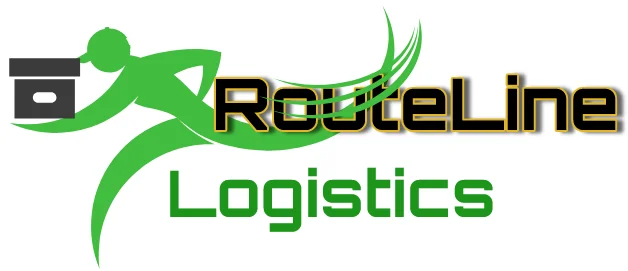Understand the regulations and procedures for safely shipping hazardous materials and dangerous goods internationally.
**Classification Systems**
Dangerous goods are classified into nine classes based on their primary hazard: explosives, gases, flammable liquids, flammable solids, oxidizers, toxic substances, radioactive materials, corrosives, and miscellaneous dangerous goods.
**IATA Dangerous Goods Regulations**
Air transport of dangerous goods must comply with IATA DGR, which provides detailed requirements for classification, packaging, marking, labeling, and documentation. Annual updates reflect regulatory changes and new requirements.
**IMDG Code**
The International Maritime Dangerous Goods Code governs ocean transport of hazardous materials. It includes specific requirements for container packing, segregation, and emergency procedures.
**Packaging Requirements**
Dangerous goods must be packed in UN-specification packaging that has been tested and certified for the specific hazard class. Proper packaging prevents leaks, spills, and accidents during transport.
**Documentation and Declarations**
Shippers must provide accurate dangerous goods declarations that include proper shipping names, UN numbers, hazard classes, and packing groups. False declarations can result in severe penalties and safety risks.
**Training and Certification**
Personnel involved in dangerous goods shipping must receive appropriate training and certification. Regular recertification ensures ongoing compliance with evolving regulations.
**Emergency Response**
Emergency response procedures must be in place for dangerous goods incidents. This includes proper emergency contact information and response instructions for carriers and emergency responders.
**Restricted and Prohibited Items**
Some dangerous goods are prohibited from certain transportation modes or routes. Understanding restrictions prevents shipment delays and compliance violations.
Successful dangerous goods shipping requires expertise, attention to detail, and ongoing compliance monitoring to ensure safety and regulatory adherence.
